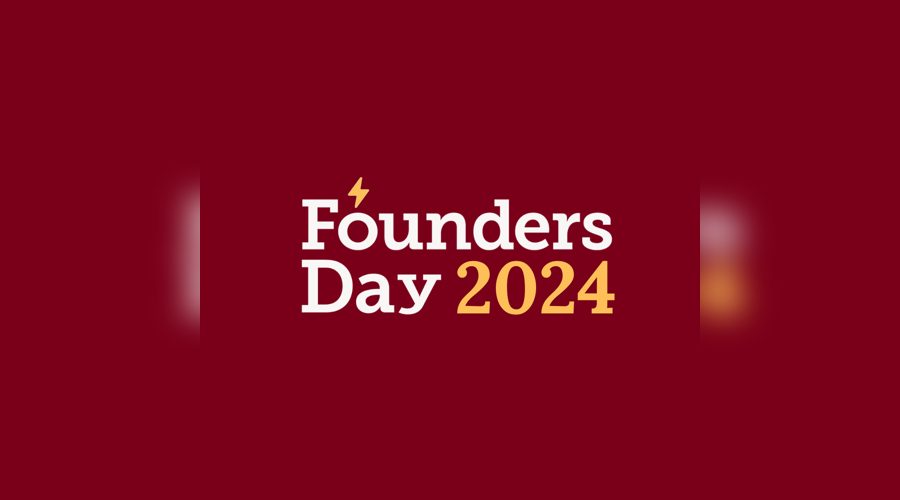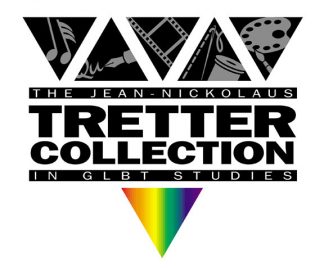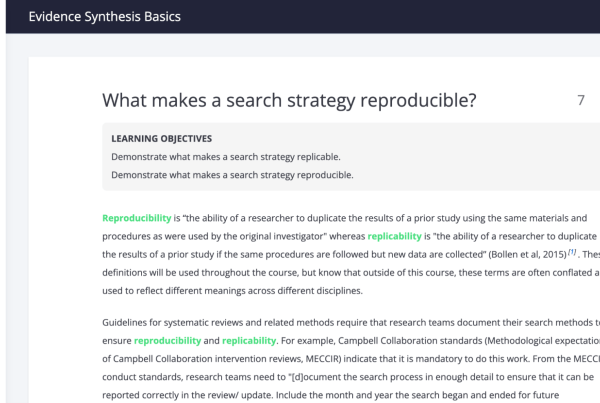The MVP Challenge Showcase
The University of Minnesota MVP (Minimum Viable Product) Challenge showcase is coming up on May 8, Founders Day! At the showcase, teams will present their prototypes or pilot programs, each of which fit into either the digital, physical, or social category. UMN community members, potential customers, and key stakeholders will discover how the innovative ideas could work, provide feedback, and help bring concepts one step closer to reality. At the end of the year, the MVP Challenge will award up to 30 grants from $100 to $5,000.
Upon their acceptance into the Challenge at the beginning of the spring semester, each team is assigned a faculty advisor, and will participate in workshops until the showcase. This year’s workshops have been Prototyping Basics & Resources, Stakeholder Input/Customer Discovery, User Experience, and Telling Your Story: Presenting and Pitching.
Aside from the mentorship, workshops, and grants offered, what makes the MVP Challenge especially exciting is its beginner-friendly nature.
“One of the most unique aspects of the MVP Challenge is that applicants don’t have to have already developed their idea. They can come in with just that: an idea,” explains Deb Miedema, one of the MVP faculty advisors. “We’re here to help them get to that earliest stage of development—the minimum viable product, or prototype…we want to remove any barriers to their success if we can.”
During this third year of the MPV Challenge, the committee has welcomed 21 new, innovative projects, including the AFI Trainer and the Pediatric Otoscope.
Awake Fiberoptic Intubation (AFI) Trainer
Rana Abdelshahed, a biomedical engineering major with a focus in medical device design, is developing a training device for Awake Fiberoptic Intubation, or AFI.
AFI allows for a patient to breathe on their own during a procedure; instead of administering paralytics (which relax muscles and prevent movement under anesthesia), doctors will use topical lidocaine. AFI is performed spontaneously, and is used for patients who are suspected to have a difficult airway or have a confirmed history of difficult intubation or ventilation. Awake intubations are also often warranted when blood in the airway may obscure the practitioners’ visualization, or when neurologic function must be assessed after intubation.
The accessible opportunity to pursue out-of-class work was made possible by the MVP Challenge funding Rana’s AFI Trainer idea. She’s excited about how it’s allowed her to look into various execution options without financial constraints, and she’s excited to improve her prototyping skills outside of the classroom.
After participating in workshops and advisor check-ins, Rana takes away advice for those planning to join the MVP Challenge: “Always have a backup plan in case Plan A fails because you don’t want to lose time trying to come up with another alternative,” she notes.
Her realistic lens has offered her a better, more grounded outlook on her project. Now, Rana has set goals that she feels confident in achieving.
“My current goal is to develop a realistic model of a patient’s vocal cords moving when coughing,” Rana tells me. “The ultimate goal is to develop a moving mannequin that simulates an awake fiberoptic intubation procedure.”
Pediatric Otoscope
Ear infections are one of the most common conditions among children, and warrant examination via the otoscope, the device for examining structures within the ear. Its design has remained fairly unchanged since its development in the 1800s; some are tethered to the wall, with the otoscope itself attached to the base with an electrical cord, which is a physical limitation for physicians and nurses using it. Overall, the otoscope can be intimidating and stress-inducing for young patients.
A pediatric patient will require a different otoscope speculum (the disposable cone that goes inside the ear) because their ear canals will be narrower than those of older children and adults. Having a proper-fitting speculum can reduce discomfort and negative associations with the otoscope. But even with the proper speculum, the otoscope can be uncomfortable or even painful because the infection or excess earwax can make the ear more sensitive. The bright light can also be overstimulating, especially for those who are neurodivergent, photosensitive, or unfamiliar with/unused to the otoscope. The combination of sensory discomforts can make children afraid of the otoscope, and even the entire experience of visiting a doctor.
Lauren Kelly, one of our own Toaster ambassadors, and her teammates Ailen Costamagna-Soto, Dallas Carey, Riley Duryea, and Claire Mikkelson, have been revising the otoscope for a version that is non-threatening to pediatric patients.
Their ideas to make the otoscope less intimidating include:
- Music output from speakers to distract and entertain patient during the checkup (patient or parent can choose the audio),
- Fun colors for earbud-style speculum tips and earbud casing to avoid the industrial metal appearance, and
- A patterned cloth pouch that encases the device and is clipped to the patient’s shirt.
With a variety of ideas supporting the pediatric otoscope vision, Lauren attests that the MVP Challenge has been a great outlet for her and her team to explore engineering and entrepreneurship, and pursue their project: “Through workshops and mentorship, we have been able to gain more support for our project!”
Currently, their goal for the pediatric otoscope is to ensure it has met all of their stakeholder needs, such as being less intrusive, stable and usable even if the patient is moving, and the speculum being modeled after an earbud to be more familiar and less intimidating to children.
In pursuit of fulfilling their stakeholder needs, Lauren offers some advice for future MVP participants: “Be passionate about your project and take advantage of all the workshops and training!”
Final Notes
The faculty advisors and sponsors with the MVP Challenge are always excited to see the new waves of applicants and ideas. They welcome digital, physical, and social projects from the University of Minnesota research labs, clubs, courses, or other programs; regardless of where an idea comes from, it’s always welcome for exploration and creation with the MVP Challenge.
If you’re interested in applying to the MVP Challenge for spring 2025, Deb notes to anticipate applications to open in late fall 2024. But in the meantime, you can get a headstart on your idea with the following resources:
- The Holmes Center for Entrepreneurship hosts MIN-Corps (Minnesota Innovation Corps) entrepreneurial education programs
- MN Cup (the largest statewide startup competition in the country!)
- WE* (Women in Entrepreneurship)
- Naturally Minnesota (a network and resource center for entrepreneurs in the natural products industry)
“My advice? Don’t wait,” says Deb. “If you need help getting started, reach out to us—we can help.”





